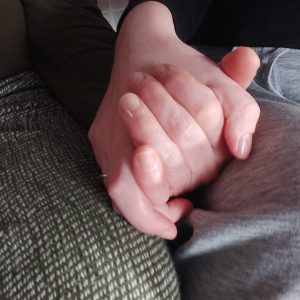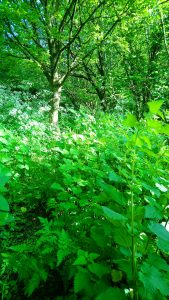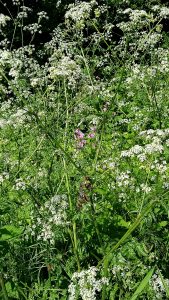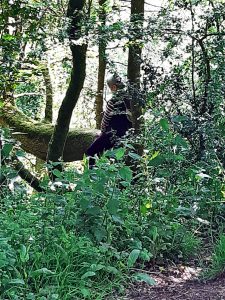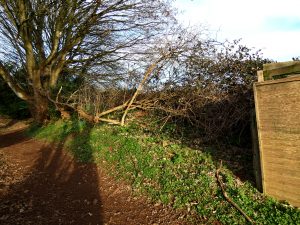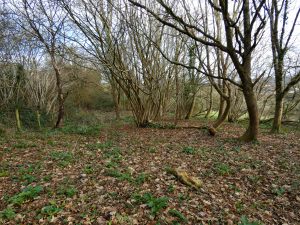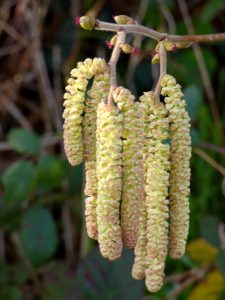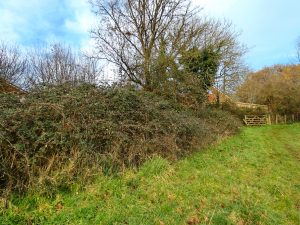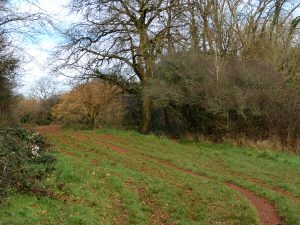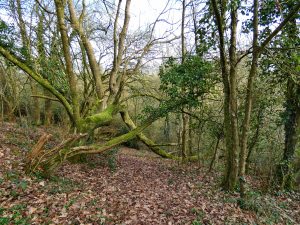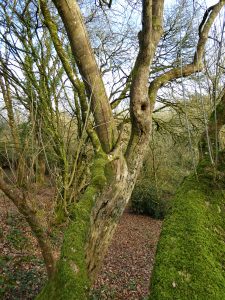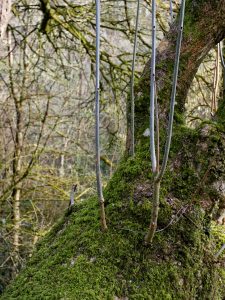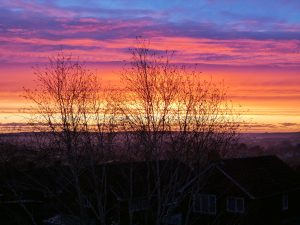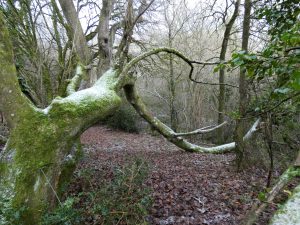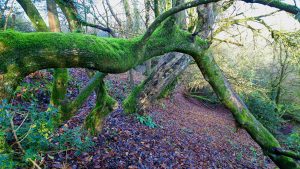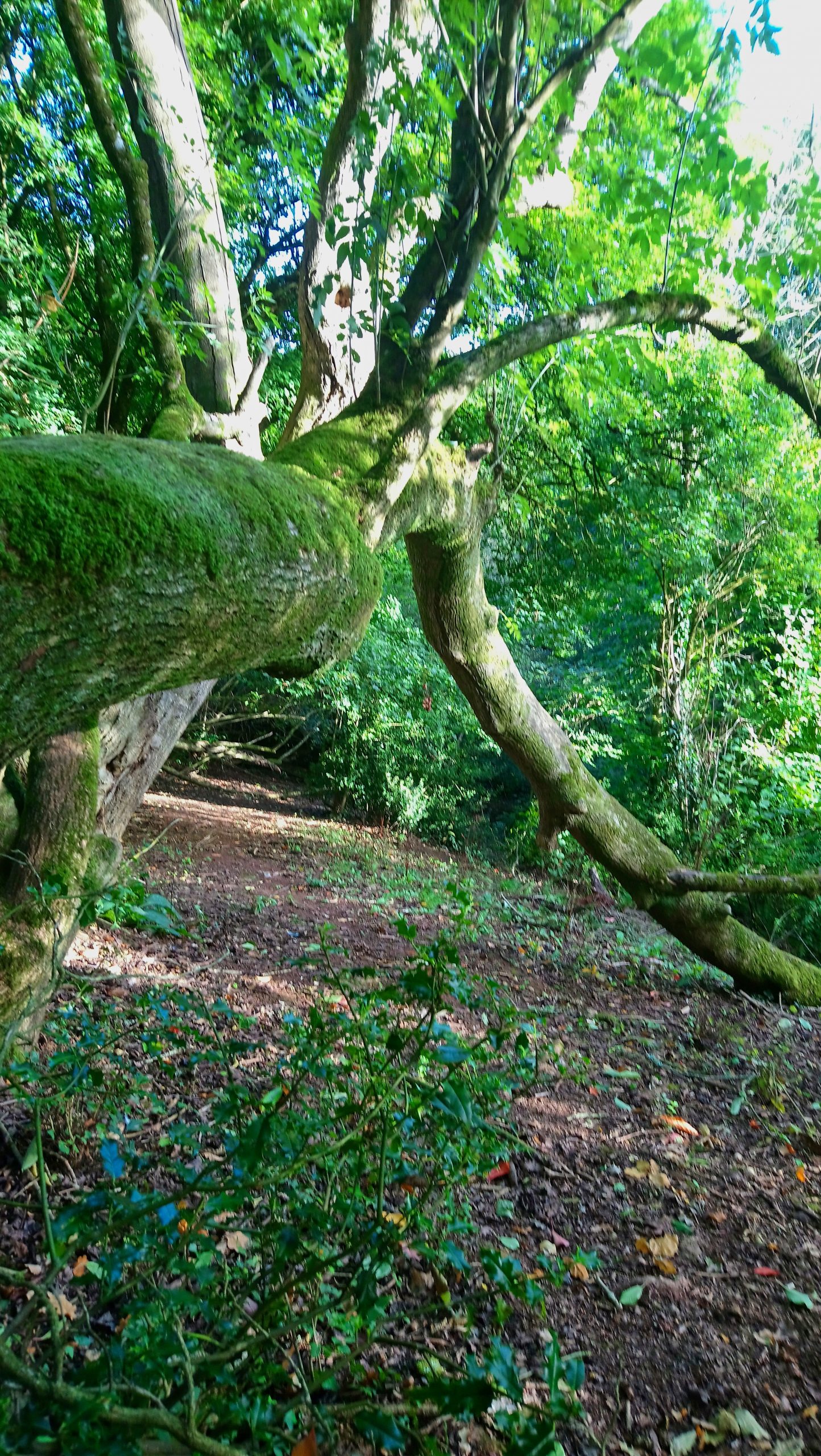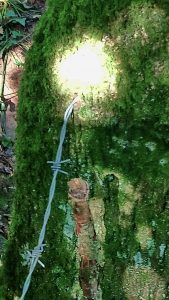This year it is 400 years since the sailing of the Mayflower in 1620 to what later came to be called New England in North America. Here in Plymouth, Devon, there has been a series of events and projects under the title of Mayflower 400 to commemorate this. My friend, Stephanie Pratt, a local art historian and also a member of the Dakota nation through her father, felt determined to make certain an indigenous perspective would be included, showing the impact of this colonial event on the people already living in that place. She dialogued with several of the organisers to ensure that this could happen, including the artists of the Speedwell Project. You can listen here to an inspiring talk with Steph and the artists, Laura and Leonie, about the project and how her input influenced it.
Quite a while ago I had mentioned to her that one of my ancestors, Peregrine White, was the first baby born once the Mayflower reached the “New World.” She wanted me to somehow be involved – as a Mayflower descendant – in what was happening. By the time she asked me, the Covid19 pandemic was in full swing and I was not sure I could participate in person. After some thought, I told her I would write a poem which could be used or not. She was up for that.
It was quite illuminating doing the research for this poem – and often upsetting. First, I looked at all that had been gathered by my mother’s cousin, George McNish, who had spent many years investigating the lineage of the McNish family. He had shared his paper trail with others in the family, including myself, and it had been sitting in a box in the loft for many years. Finally diving into it, looking for the connection with Peregrine White, I found that his break though in understanding the Mayflower connection was someone called Zachariah Green, described by George in a letter to me as “a highly respected and a distinguished gentleman” who was a Presbyterian pastor who lived from the middle of the 18th to the middle of the 19th centuries. As a teenager, he fought and was wounded in the Revolutionary War. His position as an ancestor of the current McNish family is clearly documented. In the documentation of the time, it states that his mother, Jane White, was a descendant of Peregrine White. Looking at the dates, I guessed he had been her great-grandfather. Her grandfather had most likely been his eldest son, Daniel, who had been conceived out of wedlock!
This was interesting enough, but I decided to look more into the actual events around the Mayflower sailing and landing in order to set his birth in some context. This is where things became disturbing. I had been fed a diet of Pilgrim Fathers and Thanksgiving Day by my American childhood education. Although I knew it was not quite like that, I had never really looked into how it had actually been. Mayflower 400 has made some contact with the Wampanoag nation, the people who the Mayflower pilgrims met when they landed, and who as they clearly state, “are still here“. It is a terrible story, of plague brought by previous contact with Europeans, and of slavery – there is a reason why the Wampanoag known as Squanto was able to speak English to the settlers. Peregrine White and Zachariah Green were both referred to in documents as “Freeman”. This is partly because of the practice of indenture by the early English colonialists – but also because there were already African slaves being brought into North America. And the peace that is so blithely celebrated in the USA on Thanksgiving Day soon deteriorated into catastrophic violence.
Below is the poem I wrote. It was well received by the members of the Speedwell Project, but what now happens with it I have no idea, as a second pandemic lockdown has been imposed for the whole month of November when the group were hoping to create a ceremony on the Plymouth waterfront.
Traces:
To the infant Peregrine White, my ancestor – born 20 November 1620, on the Mayflower while anchored at Cape Cod
Born five days before me and
three hundred and twenty nine years,
there is a bloodline thread between us
I can run my finger along.
Innocent arrival in this “New World”,
brought into being by your parents’ desire.
Desire for freedom, courage to question
Established Church dogma and decree,
and pure Puritan resolve,
took them onto ominous autumnal seas
in a vulnerable wooden bark
to a land they felt uncultivated and unkind.
Your father died three months later.
Little is known about William White.
What did freedom mean to them?
or to you? Freedom to worship
in your own way is what I was taught.
But your parents brought with them
their own dogmas of fundamentalism,
of patriarchy, of human dominance over
Nature and the unquestioned
rights of European race and culture.
The “New World” was yours to take
regardless of it not being new.
Will you question your freedom
when you lie with your love, Sarah,
without sanction of ceremony,
beginning a new birth that
will lead, in time, to my own?
Is it traces of the thirst for freedom
that will rouse your young descendent,
Zachariah, to throw himself in front of
musket balls in 1777? Will either of you
question what a Freeman implies?
Once born, each will struggle, maybe grow,
eventually pass away, leaving traces behind –
some like gouges in the earth,
some like gardens – sometimes both.
I have a thirst for freedom, and question
all assumptions passed unquestioned to me.
Assumptions are deadly – fixed views blinding.
There are no new worlds –
except those of the heart and imagination –
no territories to take and hold on to.
May this poem leave traces in hearts
of questions with no certain answers.
Both on the shore and out at sea
there are many ways of seeing.

